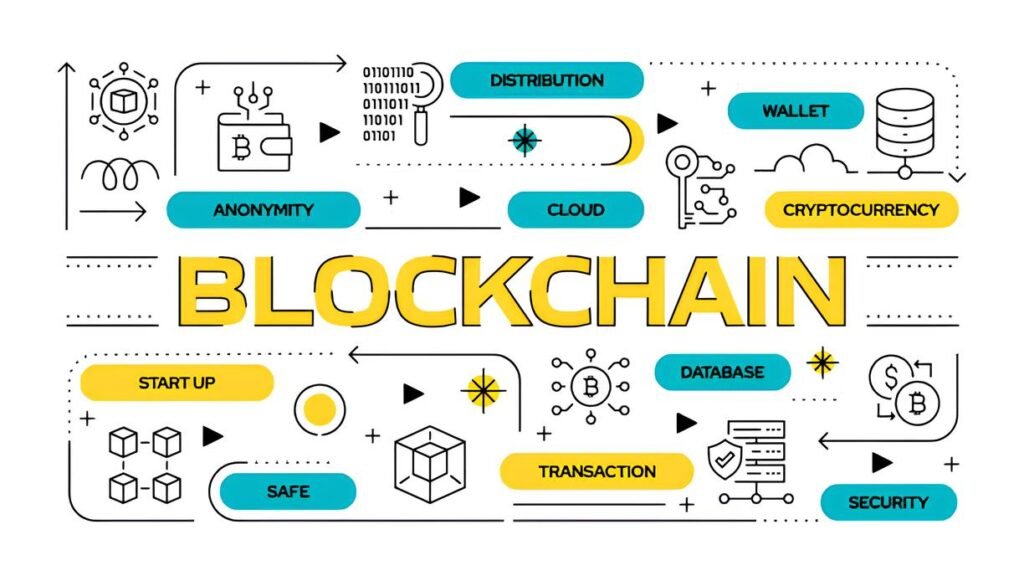Imagine sending your most secret messages sealed in impenetrable encryption — yet, somehow, the sender and recipient remain visible to prying eyes. You might think the heavy-duty encryption keeps you safe, but lurking alongside your encrypted content is a far more telling digital shadow: metadata. It’s the invisible trail that outlines who you are, what you’re doing, and when — even if the message inside remains locked tight.
With modern surveillance technologies evolving rapidly, security experts warn that metadata may reveal more about you than the actual contents you’re trying to protect. In a world where privacy hinges not just on strong ciphers but on how and when you communicate, understanding metadata’s power is essential to safeguarding your anonymity online.
In This Article
What Is Metadata and Why It Matters
Metadata is often described as “data about data.” It’s the digital footprint surrounding your communication that doesn’t include the actual content but gives away crucial context — like timestamps, sender/receiver identities, IP addresses, device information, and patterns of behavior.
Think of it as the envelope around a letter. While the letter might be inside a securely sealed, tamper-proof envelope, the envelope still reveals who sent it, when, and where it was sent from. For surveillance agencies, advertisers, or any adversary, this information can be just as revealing as the content inside.
Importantly, metadata is invisible to many users. Unlike the actual message that you choose to encrypt or keep private, metadata is automatically generated by your devices and services — often without your awareness or explicit consent.
Why Metadata Outweighs Encrypted Content
Encryption locks down conversations, files, and data streams behind complex algorithms. But no matter how strong your encryption is, if someone can observe the metadata, they can often infer what you’re doing, who you’re communicating with, and even approximate your location.
For example, an intelligence analyst watching a network may not see what you say — but by monitoring when you send messages, how frequently, and to whom, they can reveal valuable insights. This technique is known as traffic analysis.
Even the most secure encrypted messaging apps can’t fully hide metadata. Factors like connection timestamps, message sizes, and device fingerprints provide sufficient clues for profiling.
In practical terms, your metadata acts as a puzzle key. When paired with network logs or other sources, it can unravel the supposed anonymity that end-to-end encryption grants. This explains why experts emphasize that protecting metadata is as crucial as protecting your encrypted content — sometimes even more.
Real-World Examples of Metadata Exposure
Consider “Daniel,” a privacy-conscious user who always accessed a particular hidden service through Tor at the same time every night. His messages were encrypted and used privacy-centric cryptocurrencies. Yet, law enforcement agents identified him not by penetrating his encryption but by analyzing his behavioral metadata — patterns in timing, language style, and access frequency.
Similarly, whistleblowers and journalists often face threats because their metadata leaks location or communication timelines, even if the content of their messages remains protected. This digital profiling can lead to real-world repercussions.
On the commercial side, marketers use metadata extensively to target ads and build profiles, showing how unprotected metadata can erode not just anonymity but personal privacy on a fundamental level.
Metadata is pervasive—it includes connection time, IP addresses, device information, file sizes, language settings, and even the rhythm of your typing. All these contribute to a fingerprint that adversaries can track.
How Metadata Is Collected and Analyzed
Modern surveillance systems harness sophisticated tools that collect metadata indiscriminately. From internet service providers to social media giants, metadata is logged and stored, often indefinitely.
Advanced algorithms and AI engines analyze patterns in metadata to:
- Identify individual users despite pseudonyms
- Correlate different online personas and accounts
- Map social and communication networks
- Predict behaviors and potential future actions
Even blockchain transactions are vulnerable to metadata analysis. While blockchain data is encrypted and decentralized, metadata linked to transactions—like timestamps and transaction sizes—can help forensic teams track activity. For an in-depth look, explore resources on what blockchain metadata can reveal about you.
Since it’s nearly impossible to entirely eliminate metadata generation, understanding how it’s collected is the first step to meaningful defense.
Effective Strategies to Protect Your Metadata
Mitigating metadata leakage requires intentional, layered approaches:
- Randomize your online behavior: Avoid predictable patterns like always logging on at the same time or following the same posting rhythms.
- Use privacy-focused tools: Operating systems like Tails and Whonix route all traffic through Tor, minimizing leaks beyond the browser context.
- Employ different identities and devices: Separate your personal, anonymous, and professional personas with distinct tools and online footprints.
- Mask timing and location: Proxy chains and VPNs can obscure physical origin points, but be wary—many VPN providers keep logs, so choose carefully.
- Control file metadata: Before sharing images, documents, or videos, strip embedded metadata like GPS coordinates or device details that could betray your identity.
Remember, the best defense is to think like an analyst watching your activity — then disrupt the patterns they expect.
Incorporate deliberate inconsistencies in your online habits—alter posting times, use varied language styles, and alternate network paths to break identifiable patterns.
Metadata Cleaning Tools and Best Practices
One of the most overlooked privacy failures is unknowingly sharing files containing sensitive metadata. For example, photographs can have embedded GPS coordinates, device details, and editing history.
Tools like MAT2 (Metadata Anonymization Toolkit) are invaluable for privacy-minded users. MAT2 allows you to strip metadata from a wide variety of file types before sharing or uploading.
# Example: Clean a PDF before upload mat2 --remove confidential-report.pdf
Alternatively, command-line utilities like exiftool provide granular control for image metadata removal:
exiftool -all= photo.jpg
Aside from file metadata, consider using browsers and apps designed to limit data leaks — turning off features like autofill, WebRTC, or browser extensions known to expose metadata.
Choosing Your Tools Wisely
Not all VPNs or privacy tools are equal. Some still keep logs or leak IP addresses via DNS leaks or WebRTC vulnerabilities. We recommend reviewing expert-tested providers, like those listed in the best VPNs for Tor in 2025, to find services that minimize metadata exposure effectively.
Why Your Privacy Depends on Metadata Awareness
The journey to anonymity is more than applying encryption—it’s about understanding the footprints you leave behind and consciously reducing them. Metadata is a silent observer capturing your patterns, and if ignored, it can piece together your entire digital identity.
As surveillance techniques grow more advanced, those who simply rely on encryption without managing metadata risk false security. True privacy in 2025 demands an integrated approach—encrypting content and carefully managing metadata.
Learn to think like the adversary. Disrupt your timing, diversify your online personas, scrub metadata from every file shared, and choose trusted tools that protect both content and context. When you treat metadata as a first-class privacy threat, you empower yourself against the subtle but powerful mechanisms surveilling the internet.
Start with small steps, stay curious, and remember: sometimes what you don’t reveal is even more critical than what you do.


